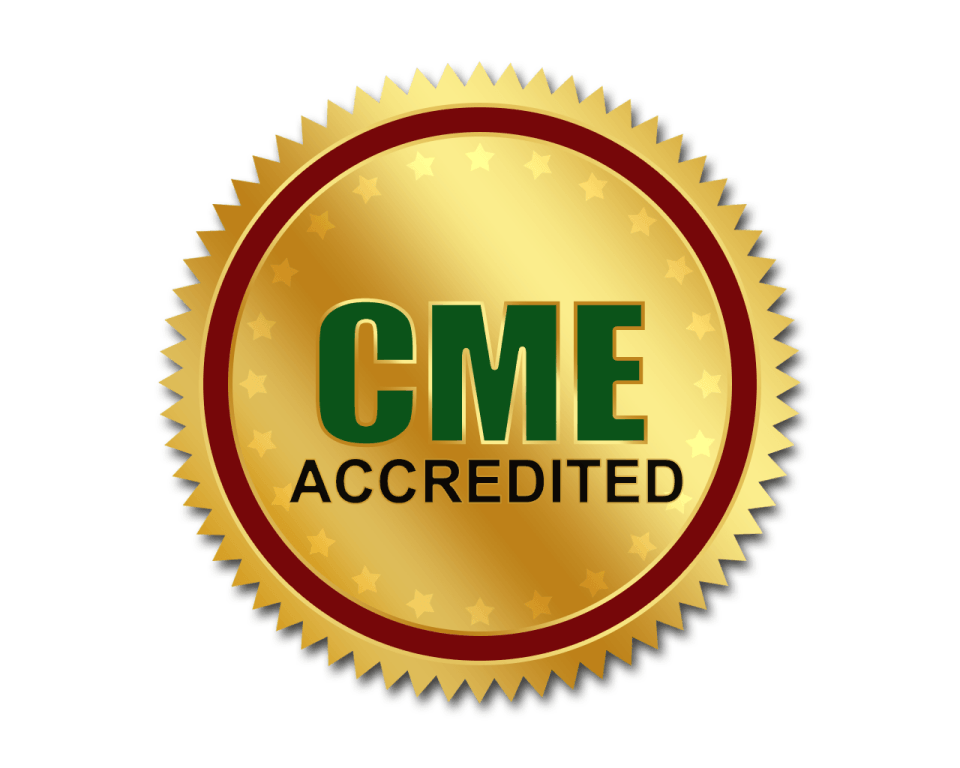Dr. Sonia Shahid
Karachi Medical and Dental College, Pakistan
Title: Pattern of cleft lip and cleft palate in pediatric patients
Biography
Biography: Dr. Sonia Shahid
Abstract
Introduction:​ Cleft lip and cleft palate are openings or splits in the upper lip, palate or both. Cleft lip and cleft palate result when facial structures that are developing in an unborn baby do not fuse completely. Cleft lip and cleft palate are among the most common birth defects. They most commonly occur as isolated birth defects but are also associated with many inherited genetic conditions or syndromes. Types of cleft lip and palate are isolated cleft lip, isolated cleft palate, incomplete cleft lip and palate (unilateral/bilateral), complete cleft lip and palate (unilateral/bilateral) and midline cleft. Clefts are caused by the interaction between genetic and environmental factors.
Objective:​ The objective of this study is to analyze the patterns of cleft lip and/or cleft palate in Karachi, Pakistan from data collected at a tertiary care hospital.
Methodology:​ This cross-sectional study was conducted from July 2013â€July 2016. Pediatric patients less than 7 years of age were recruited in this study with regard of gender presenting to pediatric department of tertiary care hospitals of Karachi with principal complain of cleft lip and palate. A history and examination form designed from an application “forms”, particularly for the study. For data analysis SPSS 16.0 software was used. The data variables were age, gender, cleft type, parental consanguinity, presence of other anomalies, and family history of cleft.
Results: ​In a period of 3 years, total 165 patients were inspected and out of which 42.28% were males and 57.72% were females. The mean age was 2.7 months. ​Boys predominated in cleft lip and palate and cleft lip both; whereas, girls predominated in isolated cleft palate, with male to female ratios of 1.8:1, 1.6:1, and 0.7:1.2, respectively. ​Cleft lip combined with cleft palate was the commonest cleft disorder accounting for 46.3% of cases followed by isolated cleft lip (36.7%) and cleft palate only (17%). Among combined cleft lip and palate, incomplete cleft lip and palateunilateral (21.4%), bilateral (20.7%), complete cleft lip and palateunilateral (19.2%), bilateral (31.7%) and midline cleft (7%).​ Approximately 13% of the patients with cleft lip and palate have other medical concerns or anomalies. The most common anomaly was of congenital heart disease. Other conditions such as spina bifida, sickle cell anemia, thalassemia, fasciofemoral syndrome, hernia, undescended testis and ectopic kidney were present. 61% of the individuals had a family history of cleft.
Conclusion:​ Cleft lip and palate are one of the most common birth defects seen in the pediatric and maxillofacial department, with an overall prevalence of 2.8 per thousand newborns, with cleft lip/cleft palate seen in approximately 12 per thousand births and cleft palate seen in 0.9 per thousand births. It contributes substantially to long-term disability in children as well as to tremendous emotional and financial stress for affected families and individuals. In our study, consanguineous marriages were observed among 54.4% of patients’ parents which clearly indicates a strong link between family history and the anomaly.

